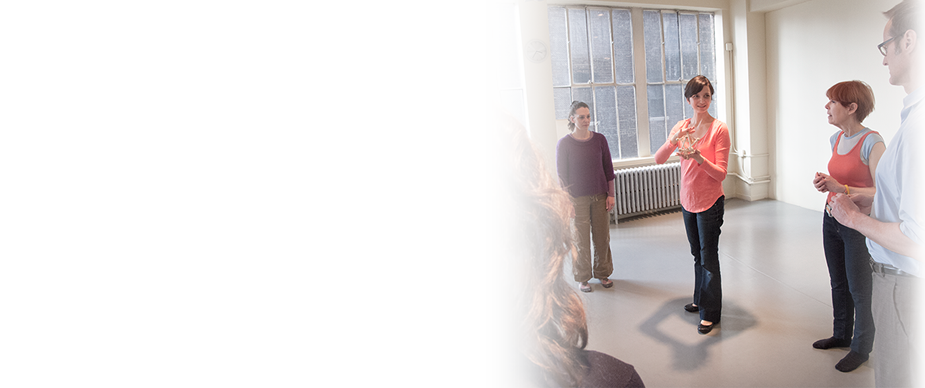Assembling the Mind/Body Puzzle - Part 1
/A comment that I hear frequently is something like "there are so many things to be aware of and think about." That is usually true, but it is not because good posture and coordination is complicated. People learn and develop habits that cause them to perceive their bodies as pieces, parts, or sections that are disconnected from one another. When they begin studying the Alexander Technique and heighten their physical awareness, they will at first sense the pieces as separate. It might be difficult to focus on more than one area at a time. They may wonder if they will always have to be aware of their head, neck, back, arms, legs, hands, and feet. It may seem overwhelming.
This sense of keeping track of all of the pieces is temporary. With persistence, the pieces start to come together and feel integrate and the whole body feels like one piece.
Try this: Bring your attention to your left foot, right hand and the top of your head all at the same time. Do you find that challenging? Do you feel like you have to concentrate very hard and bounce your attention around from place to place? Can you keep your attention in all three places at once.
When I first began taking Alexander Technique lessons, I felt like I had to concentrate a lot and I had trouble focusing on my whole body and the same time and paying attention to whatever I was doing. My experience evolved and I soon sensed my body more fully without having to consciously concentrate on it and I could still focus on whatever activity I was doing without loosing my sense of my body. I had to go through the phase of identifying putting together the pieces. Think of your body like a big puzzle and you have to account for each piece before you get the whole picture, but once you have the whole picture, it's yours!
Students who have the most success are those who embrace the process, look at it with wonder, and laugh at themselves when they aren't sure which way is up, literally.
The benefits? You'll have more energy, feel more relaxed, have an easier time concentration, deal with stress more constructively, and be less susceptible to straining your muscles.
Read next week's post for some simple suggestions that will help you to fill in the gaps in your mind/body puzzle and to sense your body in a more whole,integrated way.
Image by Petr Kratochvil: http://www.publicdomainpictures.net/view-image.php?image=19960&picture=hands-holding-jigsaw


